1) Can you explain what service design is? And how your company implements it / uses that field?
As Service Designers, what we essentially do is to utilise our design sensibilities to facilitate meaningful experience for people. In our work, we use service design mindset to capture stories from people. We use the stories as inspirations to craft opportunity areas where improvement in public services can be made possible, in a way that is relevant to the life-context of the users of such services.
At Pulse Lab Jakarta, we work alongside the service providers, who are mostly civil servants and government officials. We facilitate their creative process to come up with prototypes of new services that are inspired by the opportunity areas that we have identified based on user research with service users. That way, our role as designers is not just to conceive novel solutions, but also to make sure that the service providers take ownership of the solutions and the implementation of the new services.
2) What do you believe is the greatest opportunity for your company using service design?
There is an increasing recognition of the need for social intervention programs to be designed using bottom-up approaches. The challenge of a bottom up approach is there’s a huge difference between doing it, and doing it right. Often times, “citizen engagement” programmes are still directed towards validating preconceived assumptions, instead of to really understand citizens’ life-context. In service design, we use such understanding to facilitate meaningful experience for people. That reason alone, I believe, can really transform how public sector designs its social intervention programs.
3) Can you share three tips for implementing service design in their own practice?
- Confront your own worldview. Though the fundamentals of our approach involves deferring assumptions, but when we dive in to a unfamiliar culture we will potentially face values, beliefs, and rules of engagement that clashes with our own. I believe that one of the challenge of getting into a new culture is not about understanding it, but for us to accept different realities that comes with it, especially when it does not align with our worldview.
- Know when to take your designer’s hat off. As designer, it is part of our ideals to push boundaries and craft novel solutions. But sometimes, great solutions already exist out there. Many of them are half-baked and need others who can help complete the puzzle. In that case, it can be of value to play the role of a connector, and help them to envision a collaboration ecosystem that will help them make 1+1=3.
- Always think of the enabling factors. To make sure that our solutions are useful and relevant to the people we are designing for, we need to have a good understanding of the ecosystem in which the solution lies. It requires proper envisioning of enabling factors – variables that have to be in place for the solution to be implemented and to be accessible. Without these, we might come up with an ideal solution that no one uses.


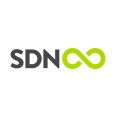
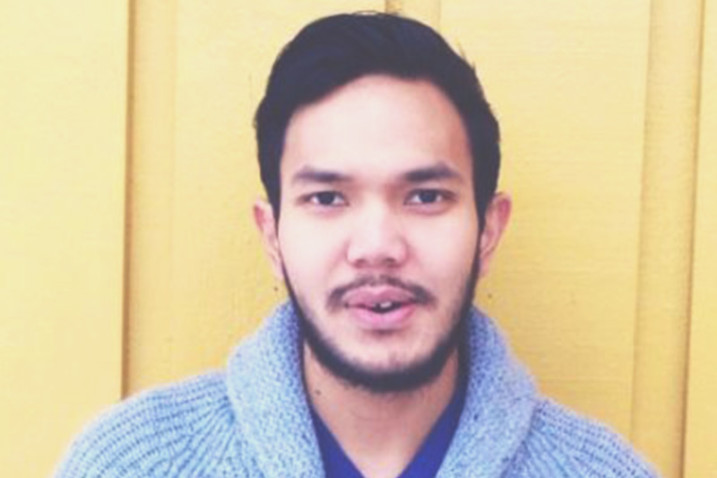

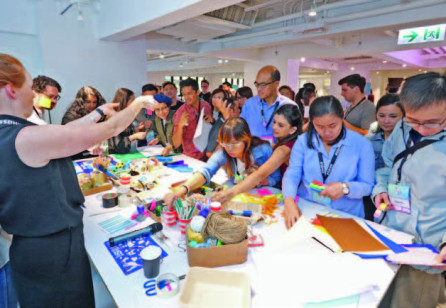
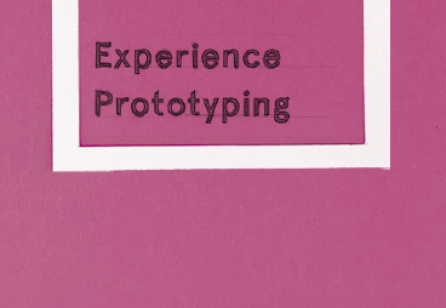
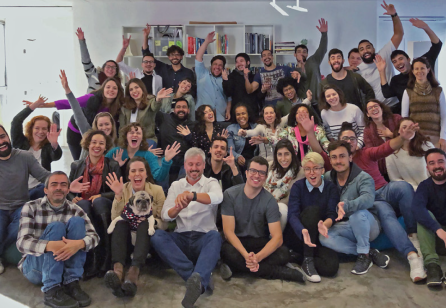

Share your thoughts
0 RepliesPlease login to comment